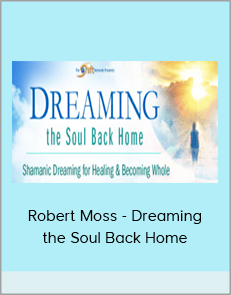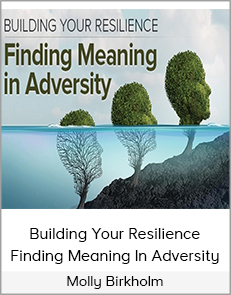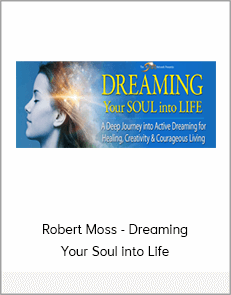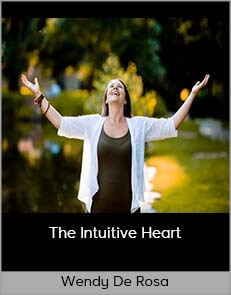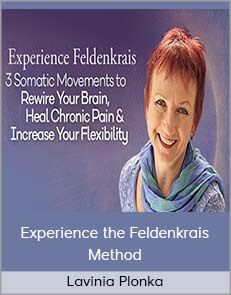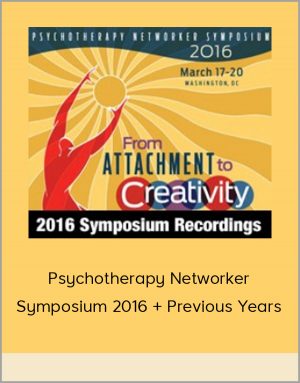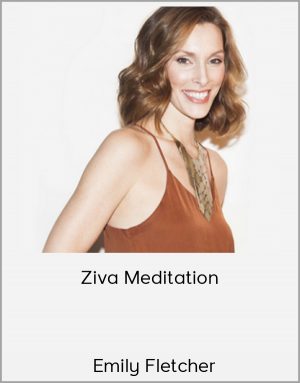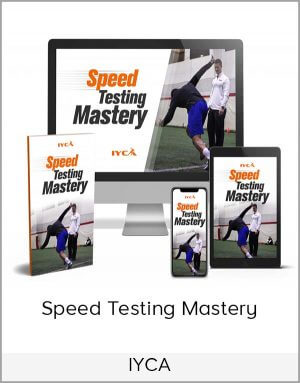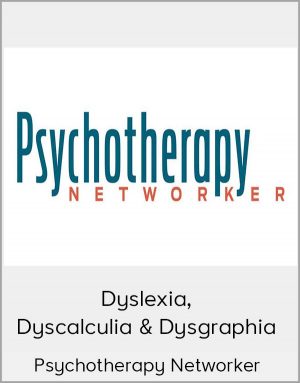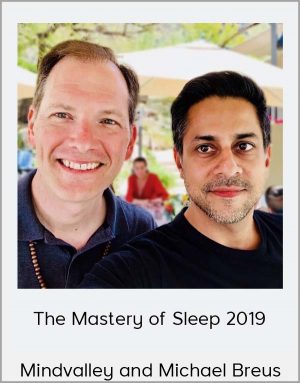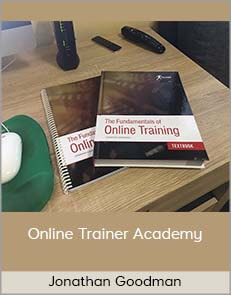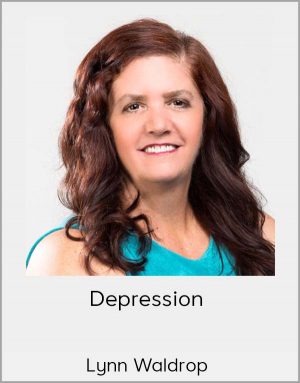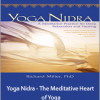Richard Muller – Yoga Nidra – The Meditative Heart of Yoga
$15.00
Yoga nidra means “yoga sleep”—but in this case, “sleep” is a kind of pun. Yogis say most people, while “awake” to the world, are “asleep” to their authentic selves. The reverse is true for the yoga practitioner, who’s put his or her limited self to “sleep” and is “awake” to his or her authentic self; yoga nidra is the ultimate awakening.
Richard Muller – Yoga Nidra – The Meditative Heart of Yoga
Check it out: Richard Muller – Yoga Nidra – The Meditative Heart of Yoga
Yoga nidra means “yoga sleep”—but in this case, “sleep” is a kind of pun. Yogis say most people, while “awake” to the world, are “asleep” to their authentic selves. The reverse is true for the yoga practitioner, who’s put his or her limited self to “sleep” and is “awake” to his or her authentic self; yoga nidra is the ultimate awakening.
Said to be an ancient teaching, yoga nidra consists of a series of meditation-like exercises that gradually wake you up to your true nature.
Richard Miller’s 92-page book lays out the practice’s supporting theory, which is strongly influenced by Vedanta, one of the six orthodox Hindu philosophies. (Vedanta posits the union of the embodied or individual self, jiva atman, and the universal self, parama atman, famously summarized in the phrase “That art thou,” tat tvam asi.) The book gives a general view of how and why to practice yoga nidra, some details about the different stages of the practice, and Miller’s reflections on the work.
The accompanying 80-minute CD leads you through the actual practice. The meditation is structured according to an ancient teaching that the authentic self is surrounded by five sheaths (kosha), from the gross material body to the subtlest bliss body.
The first five tracks are short meditations (6 to 12 minutes long), which can be done individually or in sequence. Beginning with the physical body, each sheath in turn is imaginatively contacted, explored, and integrated into its subtler neighbor, the work culminating in the fullness of the authentic self. The remaining track guides you through a complete, 35-minute meditation based on the same process.
Miller, a student of one of the 20th century’s great Vedanta teachers, Jean Klein, is also a doctor of clinical psychology. He’s one of the most qualified people I can think of to lead this practice. He talks with authority not only on its spiritual intent, but also on its application to the vicissitudes of daily life, such as stress, insomnia, anxiety, fear, and anger. All in all, this is a most intelligent, creative, and compassionate effort.










